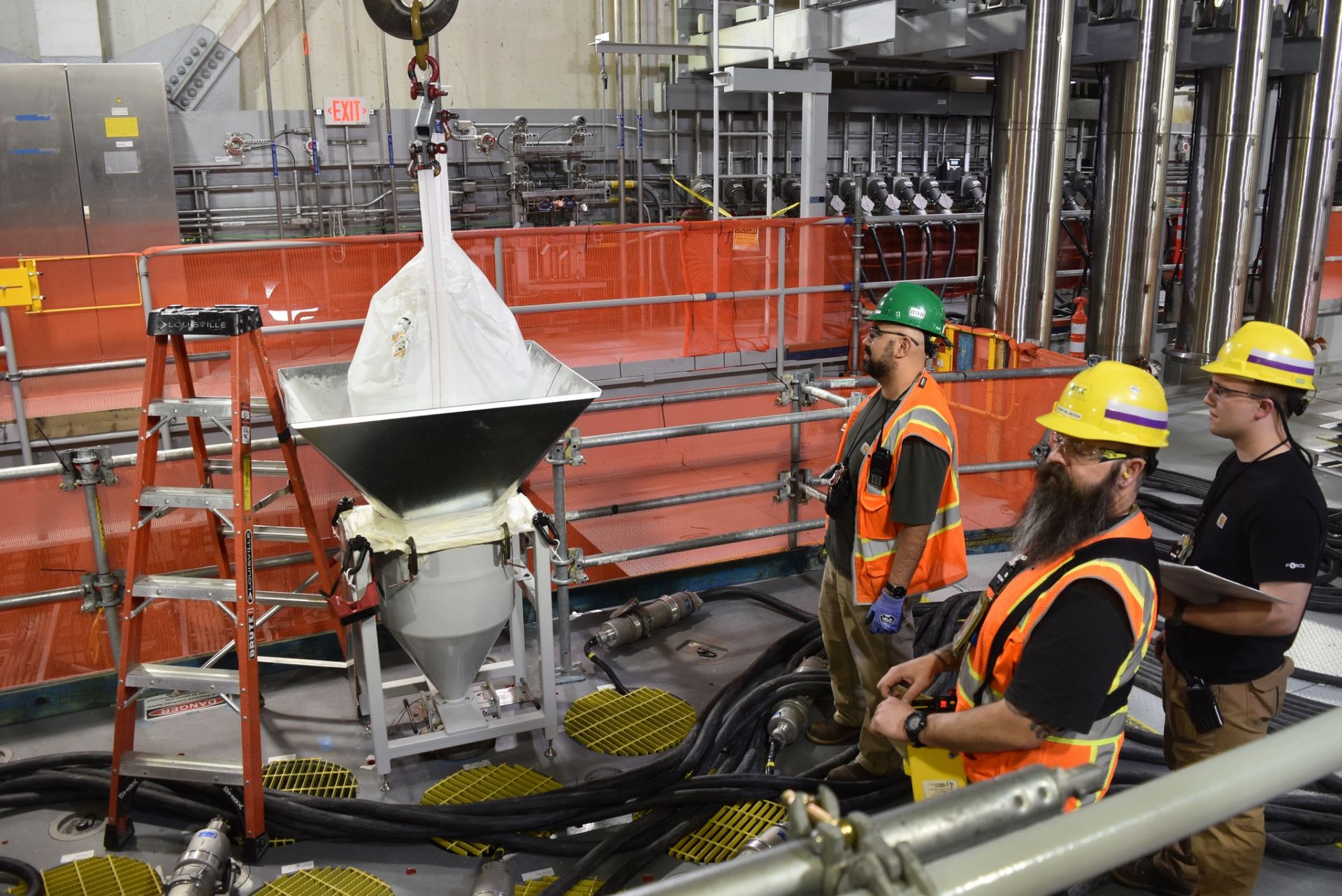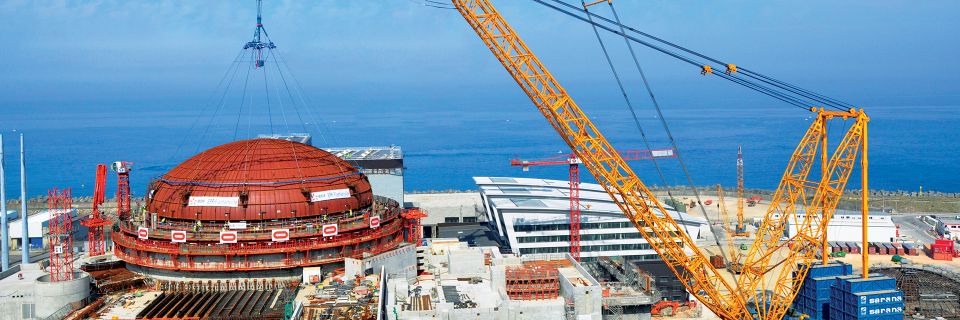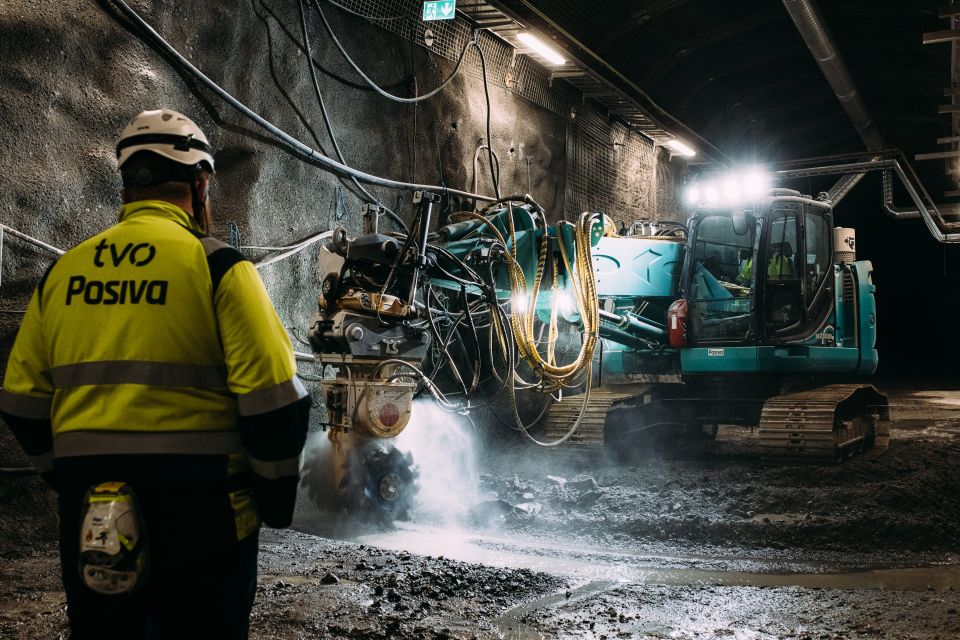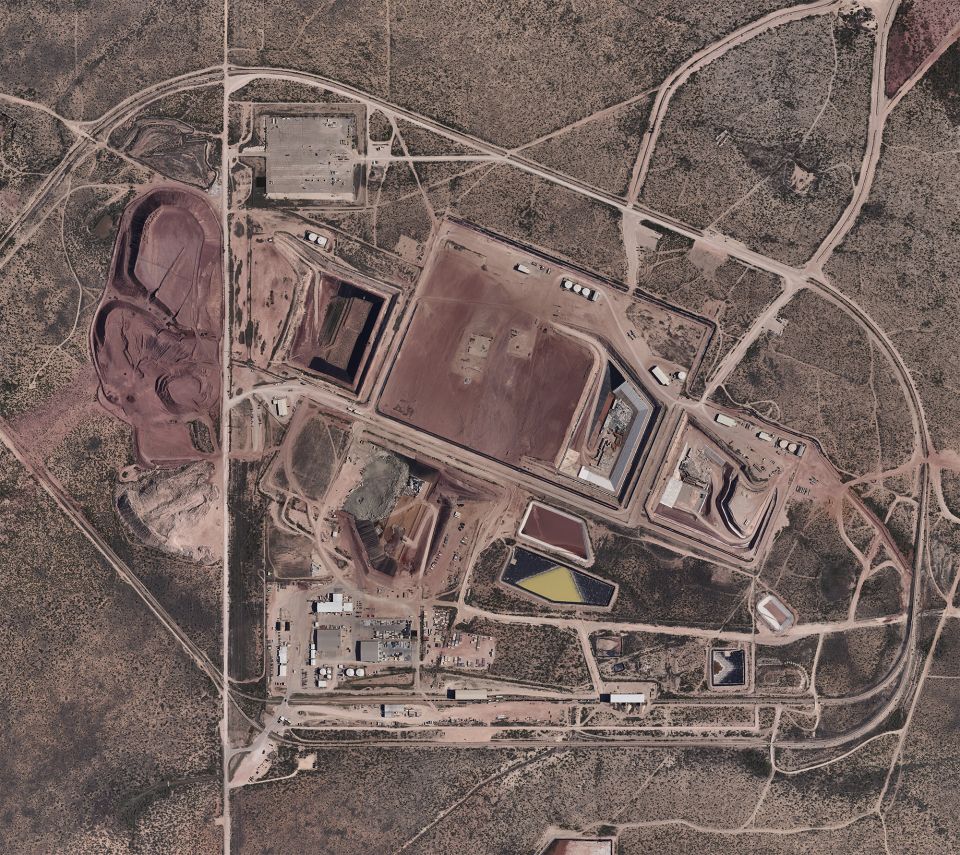Vit Plant crews begin adding frit into Hanford’s second melter. (Photo: Bechtel National)
The Department of Energy’s Office of Environmental Management recently announced that crews at the Hanford Site’s Waste Treatment and Immobilization Plant, also known as the Vit Plant, recently brought the second of two 300-ton melters up to the operating temperature of 2,100°F.
According to DOE-EM, heating of the melters represents significant progress as Hanford prepares to begin to vitrify millions of gallons of radioactive and chemical waste—immobilizing it in glass—from large underground tanks as part of the department’s Direct-Feed Low-Activity Waste program.
“Heating up the second melter is an important achievement for our Hanford team and represents another critical step in our journey to safe and efficient tank waste immobilization and disposal,” said Brian Vance, DOE-EM Office of River Protection and Richland Operations Office manager.
Hanford completed the heating of the Vit Plant’s first melter in July of last year, announcing on November 7 that crews had poured the first batch of clean test glass into a stainless steel canister.
The process: Heating of the second melter began on March 12 using 18 temporary startup heaters in the top of the melter, which gradually raised its temperature until it reached its operating temperature on March 23. Hanford contractor Bechtel National, which is commissioning the Vit Plant, announced on April 8 that it began adding small glass beads, called frit, to the melter over the weekend of April 6-7.
Once a molten pool of glass is established in the melter, crews will remove the startup heaters and replace them with bubblers that circulate air in the molten glass and help maintain an even temperature. Induction is used to maintain melter heat after the startup heaters are removed.
Next steps: After running clean test glass through the second melter, both plant melters and facility systems will go through several months of testing using simulated waste. Vit Plant personnel will then run tests on the facility’s exhaust systems that remove contaminants.
When hot commissioning begins next year, tank waste treated to remove radioactive cesium and solids will be fed to the melters and mixed with the molten glass. That mixture will be poured into stainless steel containers to cool prior to transporting them the short distance to Hanford’s Integrated Disposal Facility.
Information on the Vit Plant commissioning process is available on the Journey to Melter Heatup website.








